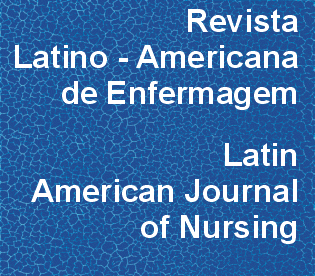Social networking in nursing education: integrative literature review
DOI:
https://doi.org/10.1590/1518-8345.1055.2709Abstract
Objective: to identify the use of social networking in nursing education. Method: integrative literature review in the databases: LILACS, IBECS, Cochrane, BDENF, SciELO, CINAHL, Scopus, PubMed, CAPES Periodicals Portal and Web of Science, using the descriptors: social networking and nursing education and the keywords: social networking sites and nursing education, carried out in April 2015. Results: of the 489 articles found, only 14 met the inclusion and exclusion criteria. Most studies were published after 2013 (57%), originating from the United States and United Kingdom (77.8%). It was observed the use of social networking among nursing students, postgraduate students, mentors and nurses, in undergraduate programmes, hybrid education (blended-learning) and in interprofessional education. The social networking sites used in the teaching and learning process were Facebook (42.8%), Ning (28.5%), Twitter (21.4%) and MySpace (7.1%), by means of audios, videos, quizzes, animations, forums, guidance, support, discussions and research group. Conclusion: few experiences of the use of social networking in nursing education were found and their contributions show the numerous benefits and difficulties faced, providing resourses for the improvement and revaluation of their use in the teaching and learning process.Downloads
Download data is not yet available.
Downloads
Published
2016-01-01
Issue
Section
Review Articles
License
RLAE’s authorship concept is based on the substantial contribution by each of the individuals listed as authors, mainly in terms of conceiving and planning the research project, collecting or analyzing and interpreting data, writing and critical review. Indication of authors’ names under the article title is limited to six. If more, authors are listed on the online submission form under Acknowledgements. The possibility of including more than six authors will only be examined on multicenter studies, considering the explanations presented by the authors.Including names of authors whose contribution does not fit into the above criteria cannot be justified. Those names can be included in the Acknowledgements section.
Authors are fully responsible for the concepts disseminated in their manuscripts, which do not necessarily reflect the editors’ and editorial board’s opinion.
How to Cite
Social networking in nursing education: integrative literature review . (2016). Revista Latino-Americana De Enfermagem, 24, e2709-. https://doi.org/10.1590/1518-8345.1055.2709



